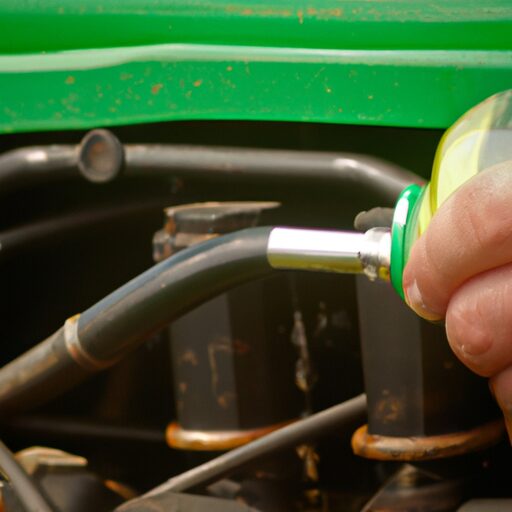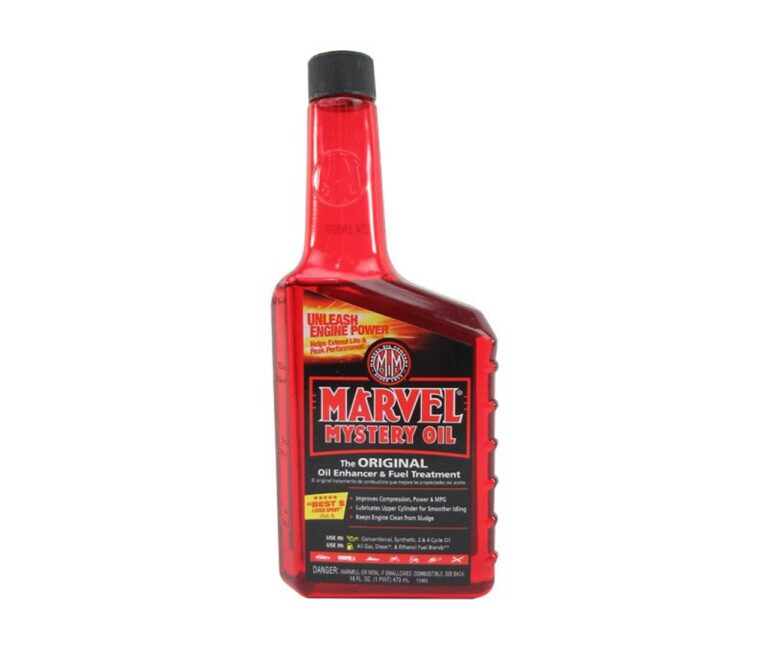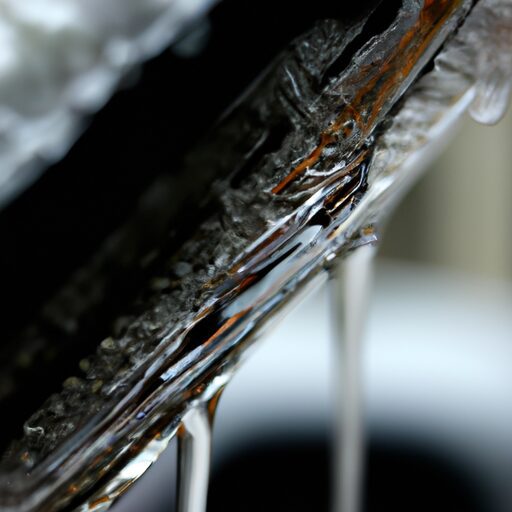How To Check Hydraulic Fluid On Jd 4020
One common concern for tractor owners is the proper maintenance of hydraulic fluid levels. In particular, owners of JD 4020 tractors may face challenges in checking and maintaining their hydraulic fluid reservoirs. This article aims to address this concern by providing a step-by-step guide on how to check the hydraulic fluid on a JD 4020 tractor. By following these instructions, tractor owners can ensure that their machines are operating at optimal efficiency and avoid potential damage caused by low or contaminated fluid levels. Additionally, this article will emphasize the importance of regular monitoring and maintenance to prevent costly repairs and downtime. Overall, this objective and technical guide will provide JD 4020 tractor owners with the necessary knowledge and skills to effectively manage their hydraulic fluid levels.
Gather the necessary tools and materials
To begin the process of checking hydraulic fluid on a JD 4020, it is important to gather the necessary tools and materials. This includes a pair of safety goggles, gloves, a flashlight, and a clean rag or towel. These items are essential for conducting a thorough inspection of the hydraulic system and troubleshooting any potential fluid leaks.
Inspecting the hydraulic system requires attention to detail. First, put on the safety goggles and gloves to protect yourself from any potential hazards. Then, use the flashlight to carefully examine all visible components of the hydraulic system, including hoses, fittings, and connections. Look for any signs of fluid leakage such as damp spots or oil stains. Additionally, check for loose or damaged parts that may contribute to leaks.
After inspecting the system thoroughly, wipe away any accumulated dirt or debris using a clean rag or towel. This will ensure accurate readings when checking the fluid level later in the process.
With all necessary tools gathered and an initial inspection completed, it is now time to move on to locating the hydraulic fluid reservoir.
Locate the hydraulic fluid reservoir
Located on the JD 4020 is the reservoir for storing hydraulic fluid. This vital component plays a crucial role in the proper functioning of the tractor’s hydraulic system. To ensure optimal performance and prevent potential issues, it is essential to inspect the fluid lines and clean the reservoir regularly.
-
Inspect Fluid Lines: Begin by visually examining all the hydraulic fluid lines connected to the reservoir. Look for any signs of leaks, such as puddles or stains around fittings and connections. Pay close attention to areas where hoses may rub against other components, as this can lead to wear and tear over time. Additionally, check for any loose or damaged clamps that could potentially cause leaks.
-
Clean Reservoir: Before checking the hydraulic fluid level, it is crucial to clean the reservoir thoroughly. Use a lint-free cloth or paper towels to wipe away any dirt, debris, or residue from both inside and outside of the reservoir. Ensure that no contaminants enter when removing the fill cap.
Once you have inspected the fluid lines and cleaned the reservoir meticulously, you can proceed with preparing your tractor for further inspection of its hydraulic system components without compromising their integrity or functionality.
Prepare the tractor for inspection
Before embarking on the inspection process, it is essential to ensure that the tractor is properly prepared, taking into consideration all necessary precautions for a thorough examination of its various components. When inspecting hydraulic fluid on a JD 4020, it is crucial to understand the importance of checking this fluid regularly. Hydraulic fluid plays a vital role in the functioning of the tractor’s hydraulic system, which powers various implements and attachments. Regular inspection helps identify any potential issues such as leaks or contamination that could lead to system failure or reduced performance.
To evoke emotion in the audience and emphasize the significance of this task, consider the following table:
| Components | Importance |
|---|---|
| Hydraulic hoses | Ensures proper flow and prevents leaks |
| Filters | Removes contaminants and maintains fluid cleanliness |
| Seals and gaskets | Prevents leakage and ensures efficient operation |
| Reservoir tank | Stores an adequate amount of fluid for continuous operation |
| Pump | Provides necessary pressure for hydraulic functions |
Each component listed above serves a critical function in maintaining optimal hydraulic system performance. By regularly inspecting these components, you can detect potential problems early on and prevent costly repairs or downtime.
Now let’s transition into the subsequent section about checking the fluid level and condition.
Check the fluid level and condition
Monitoring the level and quality of the hydraulic fluid is crucial in ensuring the optimal performance and longevity of the tractor’s hydraulic system. To inspect the hydraulic fluid quality, it is essential to visually examine its color and consistency. The fluid should appear transparent or light amber, indicating its cleanliness. Any discoloration, such as a dark or milky appearance, could indicate contamination. Additionally, pay attention to any unusual odors emanating from the fluid as this may suggest potential issues.
Identifying signs of fluid contamination is equally important during inspection. Contaminants can include water, dirt, or other foreign substances that can impair the functionality of the hydraulic system. Water contamination often manifests as cloudiness within the fluid or visible separation between water and oil layers. Dirt particles in the fluid may be indicated by a gritty texture upon visual examination.
In conclusion, monitoring hydraulic fluid level and condition is vital for maintaining a properly functioning JD 4020 tractor. Inspecting hydraulic fluid quality involves examining its color and consistency for signs of contamination such as discoloration or unusual odors. Identifying these indicators will help determine if further action needs to be taken to add or change hydraulic fluid if necessary in order to maintain optimal performance and prolong the life of the tractor’s hydraulic system.
Add or change hydraulic fluid if necessary
If required, the hydraulic fluid can be added or replaced to ensure optimal performance and longevity of the tractor’s hydraulic system. It is important to regularly check the fluid level and condition, as discussed in the previous subtopic. If the fluid level is low or if there are signs of contamination, it may be necessary to add or change the hydraulic fluid.
To add or change hydraulic fluid on a JD 4020, follow these steps:
- First, locate the drain plug on the bottom of the hydraulic reservoir.
- Place a suitable container under the drain plug to collect any old fluid that will be drained.
- Carefully remove the drain plug and allow all of the old fluid to drain out completely.
- Once all of the old fluid has been drained, replace and tighten the drain plug securely.
It is important to troubleshoot any leaks before adding new hydraulic fluid. Inspect all connections and fittings for signs of leakage and repair as needed.
Incorporating these steps into your regular maintenance routine will help ensure that your JD 4020’s hydraulic system operates smoothly and efficiently.
Properly dispose of any old or contaminated fluid to prevent environmental damage and comply with local regulations regarding waste disposal.
Transitioning into proper disposal: To maintain an environmentally friendly approach, it is essential to properly dispose of any old or contaminated fluid according to appropriate guidelines without causing harm to our surroundings.
Properly dispose of any old or contaminated fluid
To ensure optimal functioning of the hydraulic system in a JD 4020, it is crucial to properly dispose of any old or contaminated fluid. The disposal process is not only essential for maintaining system efficiency but also for minimizing potential environmental impact.
Contaminated hydraulic fluid can contain harmful substances such as metal particles, water, or other contaminants that can compromise the performance and longevity of the system. Therefore, disposing of this fluid correctly is imperative to prevent further damage and avoid potential leaks or failures.
When handling old or contaminated hydraulic fluid, it is advisable to consult local regulations regarding its disposal. In many cases, recycling facilities or authorized waste management centers may accept these fluids for proper treatment or recycling.
Improper disposal methods such as pouring the fluid down drains or onto the ground can have severe consequences on the environment. Contaminants from hydraulic fluids can contaminate soil and water sources, leading to pollution and harm to ecosystems.
By ensuring proper disposal of old or contaminated hydraulic fluid, operators can contribute to preserving both their equipment’s performance and the integrity of the environment. With this in mind, regularly monitoring and maintaining hydraulic fluid levels becomes an essential step in preventing contamination and ensuring optimal functionality.
Regularly monitor and maintain hydraulic fluid levels
Consistently monitoring and maintaining appropriate levels of fluid is essential for the smooth operation and longevity of the hydraulic system in a JD 4020. To ensure optimal performance, it is crucial to regularly check the hydraulic fluid levels using specific monitoring techniques.
Firstly, begin by locating the hydraulic reservoir on the JD 4020. The reservoir is typically located near the operator’s seat or within close proximity to the engine. Carefully remove the cap from the reservoir and use a dipstick or sight gauge to measure the fluid level. Ensure that the tractor is on a level surface before taking measurements for accurate readings.
If low fluid levels are detected, add hydraulic fluid of recommended specifications until it reaches the appropriate level as indicated by markings on the dipstick or sight gauge. It is important not to overfill, as this can cause foaming and other issues within the hydraulic system.
Additionally, troubleshooting common hydraulic fluid issues such as contamination or foaming should be part of regular maintenance procedures. Contaminated fluids can lead to reduced efficiency and potential damage to components. Regularly inspecting for signs such as discoloration, debris, or unusual odors can help identify these issues early on.
In conclusion, closely monitoring hydraulic fluid levels using proper techniques and addressing any common issues promptly will contribute significantly to maintaining optimal performance and extending the lifespan of a JD 4020’s hydraulic system.
Frequently Asked Questions
What tools and materials do I need to gather in order to check the hydraulic fluid on a JD 4020?
To check the hydraulic fluid on a JD 4020, you will need specific tools and materials. The necessary tools include a dipstick or sight glass, while the materials required are the appropriate hydraulic fluid specified by the manufacturer.
How do I properly prepare the tractor for inspection before checking the hydraulic fluid?
To properly prepare the tractor for inspection, begin by ensuring that the engine is turned off and allowing it to cool down. Then, engage the parking brake and secure the tractor on a level surface. Finally, visually inspect the tractor for any visible damage or leaks before proceeding with checking the hydraulic fluid.
Are there any specific indicators or signs I should look for when checking the fluid level and condition?
Signs of hydraulic fluid issues include leaks, abnormal noises, and difficulty in operating the hydraulic system. Regular checks are important to prevent damage to the tractor’s components and ensure optimal performance.
What are the steps to add or change hydraulic fluid if it is necessary?
To add or change hydraulic fluid, follow these steps: 1) Locate the hydraulic reservoir and remove the fill cap. 2) Drain the old fluid completely. 3) Add new fluid slowly to prevent foam formation. Precautions for handling hydraulic fluid include wearing protective gloves and eyewear, as it can cause skin irritation and eye damage.
How should I properly dispose of any old or contaminated hydraulic fluid?
Proper disposal of old or contaminated hydraulic fluid is crucial to minimize environmental impact. It should be handled as hazardous waste and disposed of according to local regulations, such as through specialized recycling facilities or authorized collection points.
Conclusion
In conclusion, it is imperative to regularly monitor and maintain the hydraulic fluid levels in your JD 4020 tractor. By following the outlined steps, you can easily check the fluid level and condition of your hydraulic system. Additionally, proper disposal of any old or contaminated fluid is crucial for maintaining a smooth and efficient operation. Remember to gather the necessary tools, locate the reservoir, prepare the tractor, and add or change fluid as needed. By consistently monitoring and maintaining your hydraulic fluid levels, you will ensure optimal performance and longevity of your tractor’s hydraulic system.







